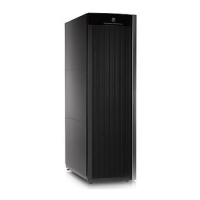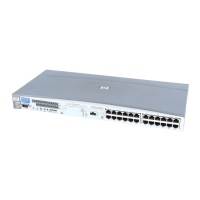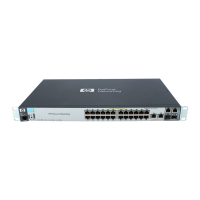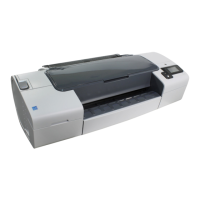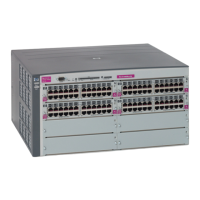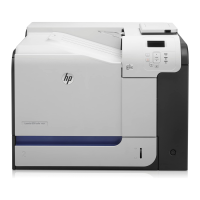The following is the legend used for the figures represented in this subsection.
For details on each definition procedure in this section, see the following:
• Procedure for a Local Scan
For details, see “Performing a local scan to acquire volume information” (page 106). For details
on how to operate the ISPF panels, see “Local scan procedure” (page 430).
• Procedure for defining a path set and establishing a logical path
For details, see “Establishing a logical path” (page 112). For details on how to operate the
ISPF panels, see “Creating a path set” (page 439) and “Establishing a logical path” (page 456).
• Procedure for defining the route list
For details, see “Defining the route list” (page 118). For details on how to operate the ISPF
panels, see “Defining a route list” (page 457).
• Procedure for registering a command device
For details, see “Registering a command device” (page 119). For details on how to operate
the ISPF panels, see “Registering a command device in a Storage System” (page 470).
• Procedure for defining a copy group
For details on how to operate the ISPF panels for defining a copy group container, adding a
consistency group, and defining an EXCTG, see “Defining the copy group ID and copy group
attributes” (page 486), “Adding a C/T group” (page 487), and “Defining an EXCTG” (page 489).
Defining a new 4x4 configuration
To define a new 4x4 configuration, perform the following procedure.
Setting up the Storage System
Set up the following items by using Remote Web Console.
1. Configure an arbitration command device on the subordinate disk controller.
2. Set up an arbitration path from the supervisor disk controller to the subordinate disk controller.
3. Map the arbitration command device on the subordinate disk controller to the supervisor disk
controller (setup of the remote command device).
4. Register the journal group (timer type: SYSTEM) in each of the primary site and secondary
site storage systems.
Setting up a Business Continuity Manager Environment
Scan the storage system, define a path set, establish a logical path, define a route list, and then
register a command device. For details on the procedure, see the steps immediately before the
creation of a copy group in “Definition procedure (2DC configuration)” (page 131).
Creating a Copy Group
Create copy groups from the primary host.
To define a new 4x4 configuration:
1. From the ISPF panel, define a copy group container.
194 Configuration Definitions
